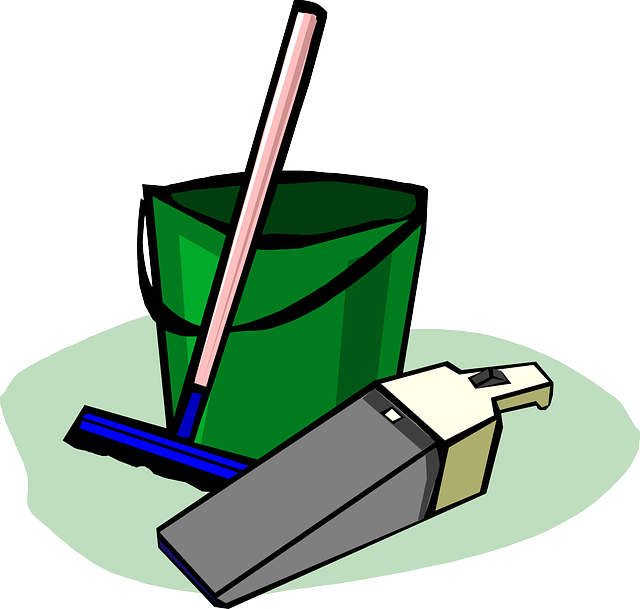Understanding your floor type – ceramic or porcelain – is crucial for effective tile care. Ceramic tiles require deep cleaning with neutral pH cleaners, while porcelain tiles can be maintained with regular vacuuming/sweeping and damp mopping. Annual sealing protects against water damage and enhances lifespan, especially in high-traffic areas. The best methods involve a tailored approach: mild detergent, soft-bristled brushes, steam mopping, prompt stain removal, grout cleaning, and reapplying sealant every 6-12 months. Regular care, including DIY and professional assistance, prevents discoloration, mold growth, and damage, ensuring tile floors remain beautiful and durable.
Discover the best methods for cleaning tile floors and keeping your space looking pristine! This comprehensive guide covers everything from understanding your tile floor type to deep cleaning techniques. Learn about effective cleaning products, the benefits of steam mopping, and vital maintenance tips. Additionally, explore common tile issues and proper grout care—often overlooked but crucial. Get expert advice on when to seek professional help and discover preventive measures for long-lasting results with our best methods for grout and tile care.
Understanding Your Tile Floor Type
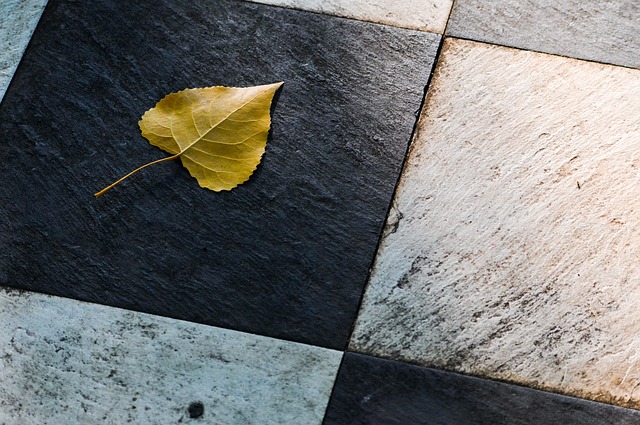
Before tackling any grout or tile care, it’s crucial to understand your floor type. Ceramic and porcelain tiles are common choices due to their durability and aesthetic appeal. Each has unique properties that dictate the best methods for cleaning tile floors. Ceramic tiles, known for their porosity, absorb liquids easily, making them more susceptible to staining. Porous nature also means deep cleaning is essential to remove dirt and grime from the tile body and grout lines. On the other hand, porcelain tiles are less porous, resistant to absorption, and generally easier to maintain due to their non-absorbent surface.
Proper care involves regular vacuuming or sweeping to remove loose debris, followed by a damp mop with a mild detergent. For tougher stains, use a tile-safe cleaner and avoid harsh chemicals that can damage the finish. In areas with high foot traffic or exposure to moisture, sealing your tiles annually is recommended to protect against water damage and enhance their lifespan.
Regular Cleaning Routine for Optimal Results
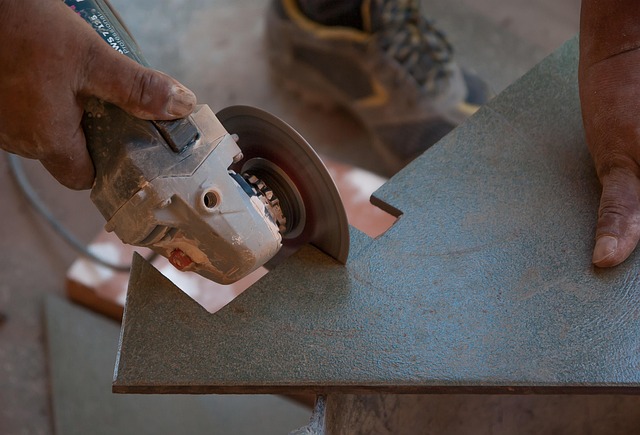
Maintaining clean and well-cared-for tile floors is essential for any homeowner. Establishing a regular cleaning routine is one of the best methods for grout and tile care, ensuring optimal results. Start by sweeping or vacuuming your tile floors daily to remove loose dirt, debris, and grit that can damage the finish over time. This simple step significantly reduces the buildup of stains and makes deeper cleaning easier.
For a thorough weekly cleaning, mix warm water with a mild detergent designed for tiles and grout. Avoid harsh chemicals that can erode the protective seal on your tiles. Using a soft-bristled brush or mop, scrub each tile and grout line to eliminate any remaining grime. Rinse thoroughly with clean water to remove all soap residue, ensuring no film is left behind. Regularly cleaning your tile floors in this manner prevents the accumulation of dirt and makes it easier to maintain their beauty and longevity.
Effective Tile Floor Cleaning Products

When it comes to effective tile floor cleaning, the right products are essential. Opt for neutral pH cleaners to avoid damaging delicate grout and tile finishes. Mild, non-toxic solutions like vinegar, baking soda, or specially formulated tile and grout cleaners are top choices among best methods for cleaning tile floors. These options not only ensure a thorough clean but also prevent residue build-up that can attract dirt and debris.
In addition to their effectiveness, these cleaning products offer the benefit of being environmentally friendly and safe for both hard and soft tiles. Always test any cleaner in a small, inconspicuous area first to ensure compatibility with your tile and grout. Regular maintenance using these best methods for cleaning tile floors will keep your spaces looking fresh and vibrant, extending the lifespan of your tiled surfaces.
Steam Mopping 101
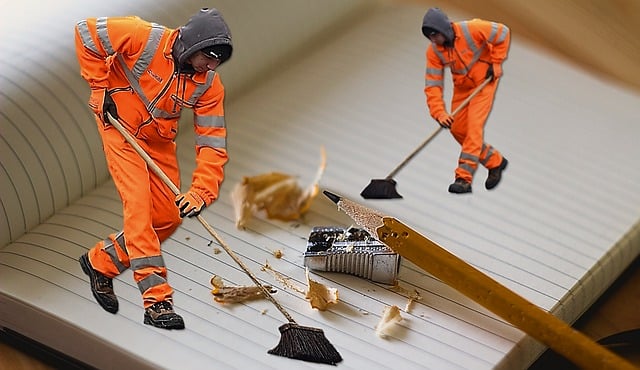
Steam mopping is a highly effective and efficient method for cleaning tile floors, making it one of the best methods for grout and tile care. Unlike traditional mopping that relies on chemicals and water, steam mopping uses hot, pressurized water vapor to lift and remove dirt, grime, and even tough stains. This process not only deep cleans but also helps to sanitize your tiles, killing 99.9% of bacteria and viruses with its powerful disinfection capabilities.
When it comes to best methods for cleaning tile floors, steam mopping stands out due to its convenience and versatility. It’s suitable for a wide range of tile types, from ceramic to porcelain, and even natural stone. Plus, it leaves no chemical residue or water spots, ensuring your tiles remain in pristine condition. By investing in a quality steam mop, you can effortlessly maintain the cleanliness and longevity of your tiled surfaces, making it a must-have tool for any homeowner looking to uphold the beauty and durability of their tile floors.
Deep Cleaning and Maintenance Tips
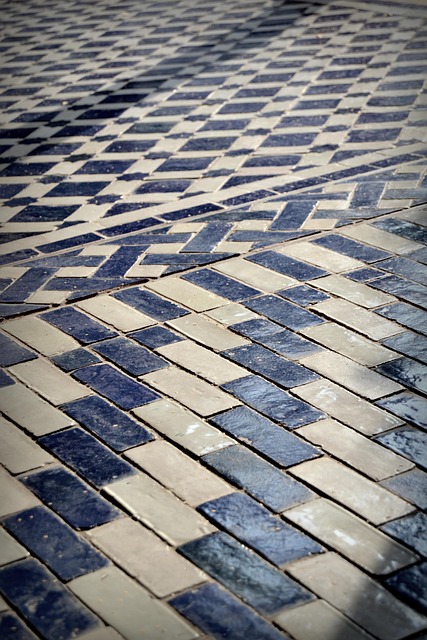
Regular deep cleaning is essential in maintaining the appearance and longevity of your tiled floors. Beyond routine mopping, schedule a thorough clean at least once a year to eliminate built-up grime and bacteria. Begin by vacuuming or sweeping to remove loose debris. Then, mix warm water with a mild detergent suitable for tiles and grout. Use a soft-bristled brush to scrub along the grain of the tiles, focusing on high-traffic areas and stubborn stains. Rinse thoroughly with clean water and dry with a microfiber towel. This process helps prevent the accumulation of dirt and grime that can damage your tiles and grout over time.
For optimal care, address spills and stains immediately to avoid permanent marks. Avoid using harsh chemicals or abrasive cleaners, as they can erode tile surfaces and damage grout. Instead, opt for pH-neutral solutions designed for stone and ceramic floors. Regular maintenance includes resealing grout every 12-18 months to prevent water penetration and mold growth. By following these best methods for cleaning tile floors, you’ll ensure your tiled areas remain vibrant and in top condition.
Addressing Common Tile Issues
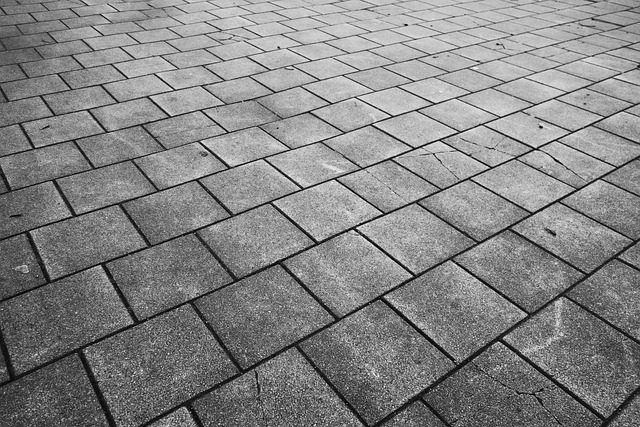
Tile floors are a popular choice for their durability and aesthetic appeal, but they’re not immune to common issues like staining, buildup, and damage. The key to maintaining a pristine tile floor lies in regular cleaning and prompt attention to any problems. When it comes to the best methods for cleaning tile floors, a multi-step approach is often the most effective. Start by vacuuming or sweeping to remove loose dirt and debris, then use a mild detergent and warm water to tackle stains and grime. For tougher stains, consider using a grout cleaner or a mixture of baking soda and vinegar, which are safe and gentle on the tile surface.
Regular maintenance is crucial in addressing common tile issues. Grout lines, for instance, can become discolored over time due to dirt, mold, and mildew. Sealing the grout regularly helps prevent this by creating a protective barrier that repels stains. Furthermore, looking out for cracks or chips in the tiles and promptly repairing them will stop water penetration and avoid further damage. Following the best methods for cleaning tile floors and addressing these issues will ensure your tiles stay in top condition for years to come.
Grout Care: An Often-Overlooked Aspect

Grout care is an essential yet often overlooked aspect of maintaining tile floors. While cleaning and sealing tiles are crucial steps in a comprehensive floorcare routine, proper grout maintenance deserves equal attention. Grout, being both porous and a hiding place for dirt and stains, requires regular cleaning to prevent discoloration and mold growth.
The best methods for grout care involve using the right tools and products tailored to its type. Soft-bristled brushes and mild, pH-neutral cleaners are ideal for removing surface dirt without damaging the grout. For more stubborn stains, a mixture of water and baking soda or vinegar can be effective. Regular cleaning and reapplication of sealant every 6–12 months will ensure that your grout stays protected and looking its best alongside your clean tile floors, making it an integral part of the best methods for cleaning tile floors.
Professional Services: When to Consider Expert Help
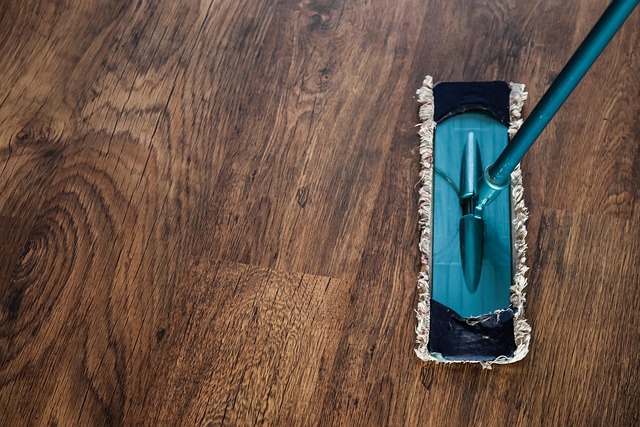
Maintaining your tile floors in top condition can be a chore, and while there are many DIY solutions available, some tasks require professional expertise. Knowing when to consider expert help is crucial for ensuring the longevity and aesthetics of your tiled surfaces. Professional services excel at tackling stubborn stains, heavy buildup, or delicate restoration work that standard cleaning methods might not effectively handle.
For instance, if you have a mosaicked floor with intricate designs or rare tiles, it’s best to leave the cleaning to specialists who understand the material and can use appropriate techniques without causing damage. Similarly, for deep grout cleaning or re-grouting, professional tools and products are often necessary to thoroughly clean and refresh the joints between tiles, preventing mold and bacteria growth. Regular tile floor care is essential, but understanding when to seek professional assistance will contribute significantly to your space’s beauty and durability, making it a valuable investment in your home or business.
Preventive Measures for Longevity
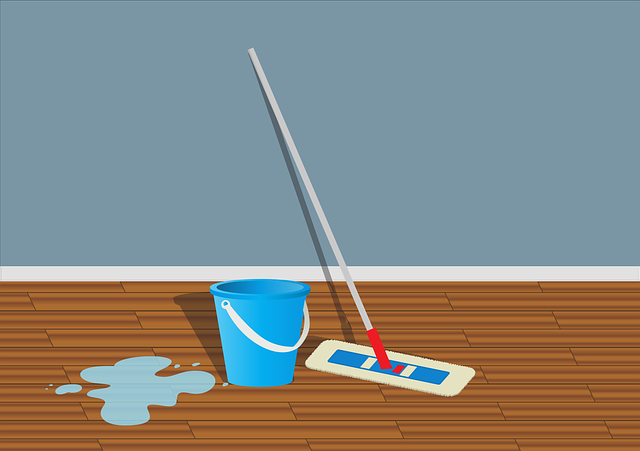
Regular cleaning and maintenance are key to extending the life of your grout and tile floors. One of the best methods for grout and tile care is to prevent issues from occurring in the first place. This involves frequent vacuuming or sweeping to remove dirt and debris that can lead to staining and damage. Using non-abrasive cleaners suitable for ceramic and porcelain tiles, as well as following manufacturer guidelines for sealing and protecting your surfaces, can also significantly reduce wear and tear.
Additionally, addressing moisture issues promptly is crucial. Grout and tiles should be dried completely after cleaning or exposure to water to prevent mould and mildew growth. Regular inspection for cracks, chips, or loose tiles allows for quick repairs, averting more serious damage down the line. Implementing these preventive measures as part of your regular tile care routine will ensure your floors remain in top condition for years to come, enhancing their aesthetic appeal and functional value.
